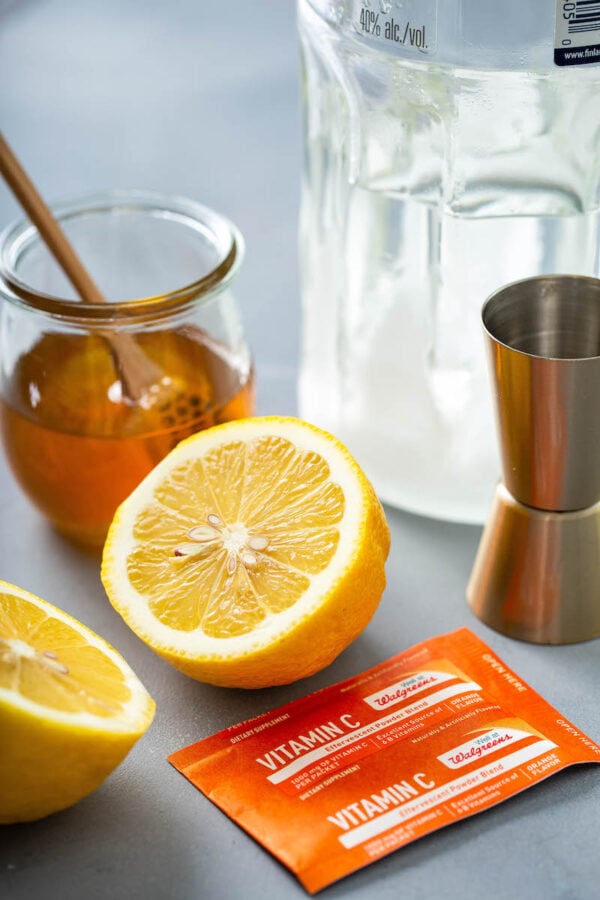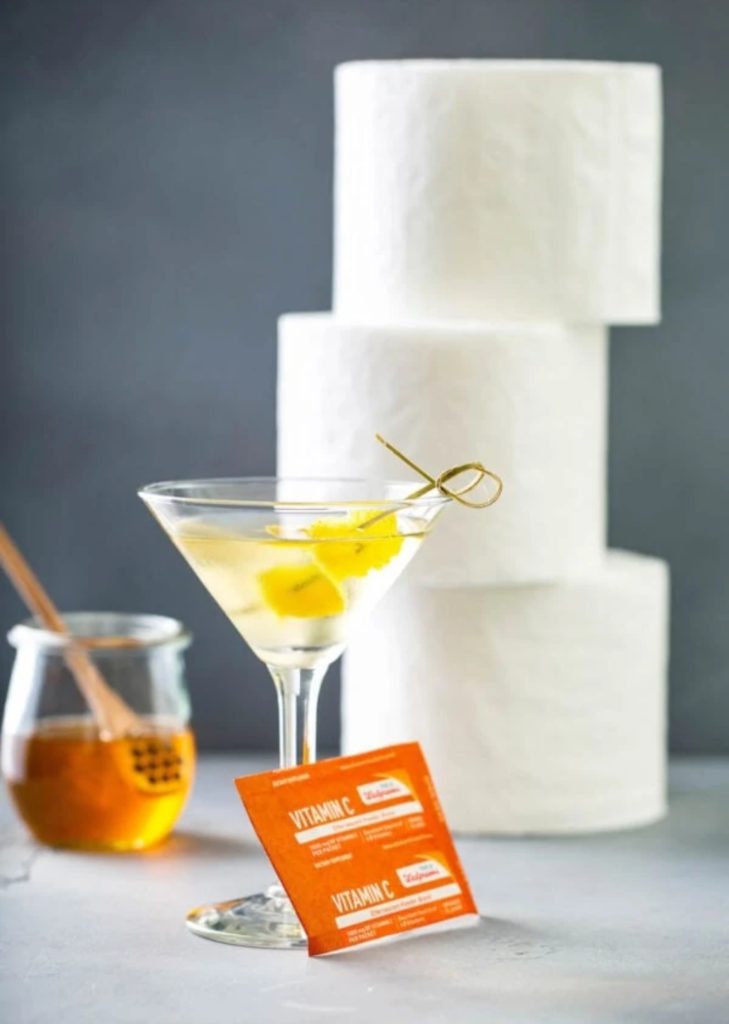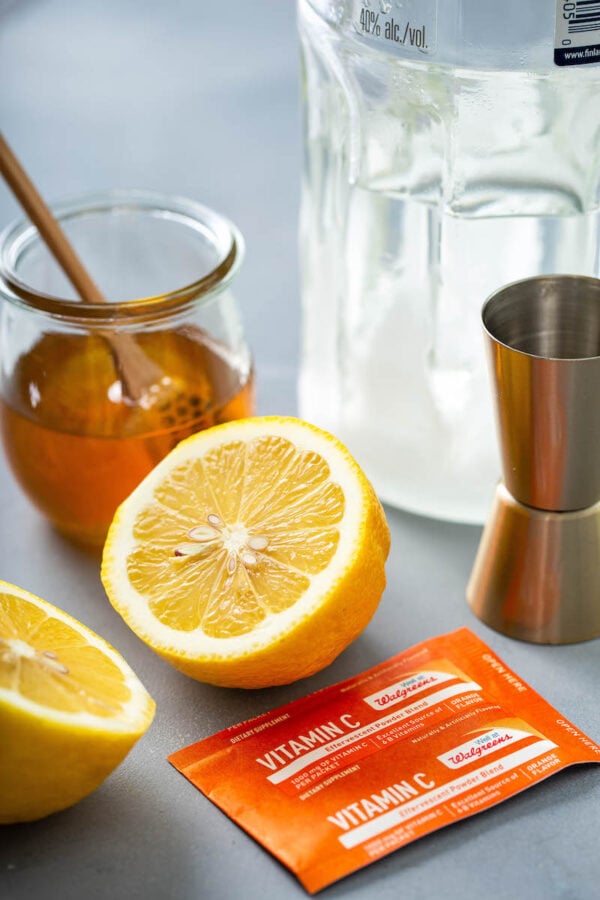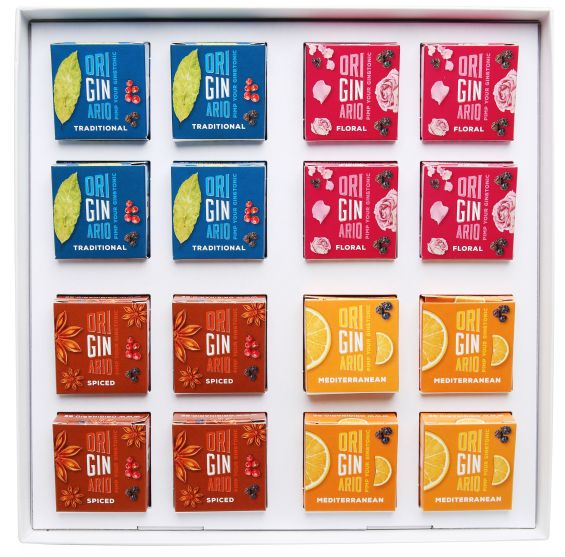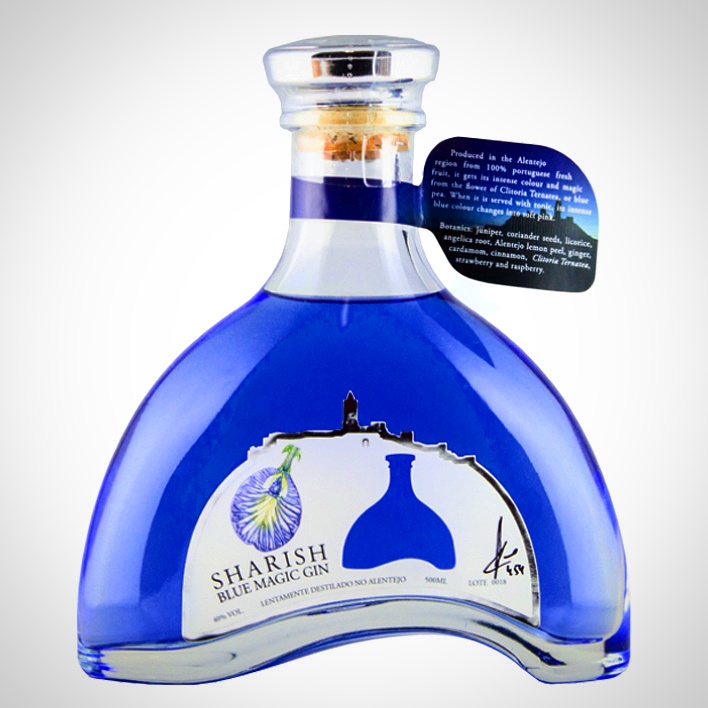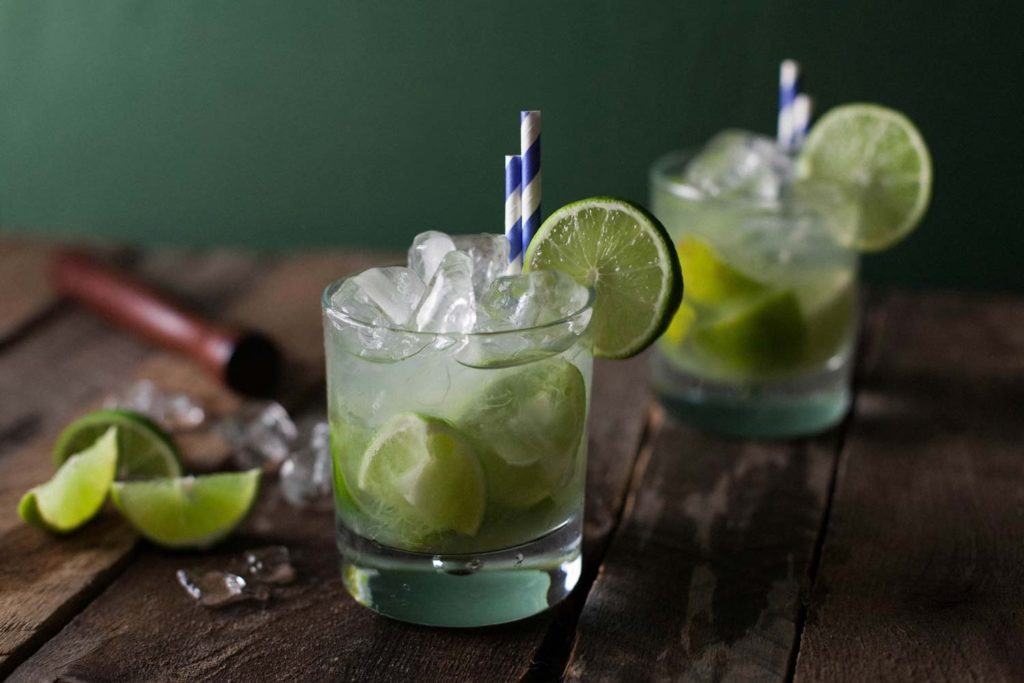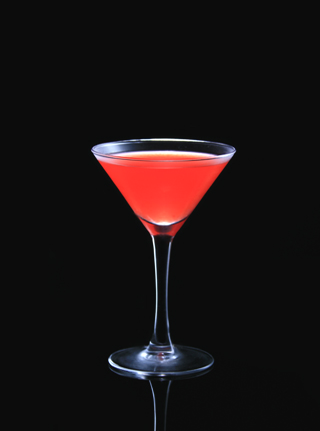Great for afternoon tea or a summer celebration, and perhaps the only time it’s acceptable to have gin and tonic for elevenses.
For the gin and tonic syrup
150ml tonic water
100g sugar and 30 juniper berries, crushed
30ml gin
For the sponge
300g soft butter
300g golden caster sugar
approx 40 juniper berries, crushed finely
grated zest of one lemon and one lime
6 medium free-range eggs
300g self-raising flour with a teaspoon of baking powder sifted in
For the gin and tonic lemon curd:
40ml gin
250g of good quality shop bought lemon curd
For the lemon and lime butter cream
200g soft butter
Zest of one lemon and one limes, 1 tablespoon of each juice
450g icing sugar
Edible flowers are available from Sainsbury’s in the fresh herb section
Method
Line two 8 inch round cake tins with baking parchment and preheat the oven to 170 degrees fan.
Make your gin and tonic syrup ready for the cake once baked;
Bring the tonic water, sugar and juniper berries to the boil, and then allow the liquid to reduce to about half of the original volume. Leave to cool, strain out the berries and add the gin to the syrup.
For the sponge: Cream the butter, sugar, crushed juniper berries and lemon and lime zest together until very pale and fluffy.
Slowly beat in the eggs until combined.
Gently mix or fold in the flour gently until just incorporated.
Spoon into the cake tins, half the batter in each and bake for approximately 25-35 minutes, to test a skewer or knife should come out clean.
Remove from the oven and leave to cool for 5 minutes then turn out and remove the paper.
Pierce some holes over the cake with a skewer or cocktail stick and generously douse in the gin and tonic syrup by brushing over liberally with a pastry brush. Leave to cool completely.
For the gin and tonic lemon curd: stir the gin into the shop bought lemon curd.
For the butter cream: Beat the soft butter, zests and juice of the lemon and limes with the icing sugar. A hand whisk or free-standing mixer is easiest to do this or if not, lots of elbow grease!
To assemble the cake, slice each cake in half again through the centre to create two layers per sponge, so you have 4 layers in total.
Layer up with a spread of the curd over each layer and a spread of the buttercream between each of the sponges.
Top with a little more buttercream and decorate as you wish. I used crystallised edible flowers and candied lemon and lime pieces. If you prefer keep it simple and add a little more fresh lemon and lime zest.
Optional for decoration:
For the candied lemon and limes:
Slice a lemon and a lime into slices, roughly 4-5mm thick.
Gently bring to the boil 100ml water with 100g of caster sugar. When simmering, lay the slices into the sugar syrup and simmer gently for xx minutes.
Recipe for the Edible crystalised flowers:
Beat one egg white until foamy and paint the petals of your flowers carefully making sure you get in between all the nooks and crannies.
Dust over with fine white caster sugar and leave to set for at least 24 hours on a piece of parchment, so they set hard and dry. These should last for up to two weeks. Alternatively use fresh edible flowers as they are.

